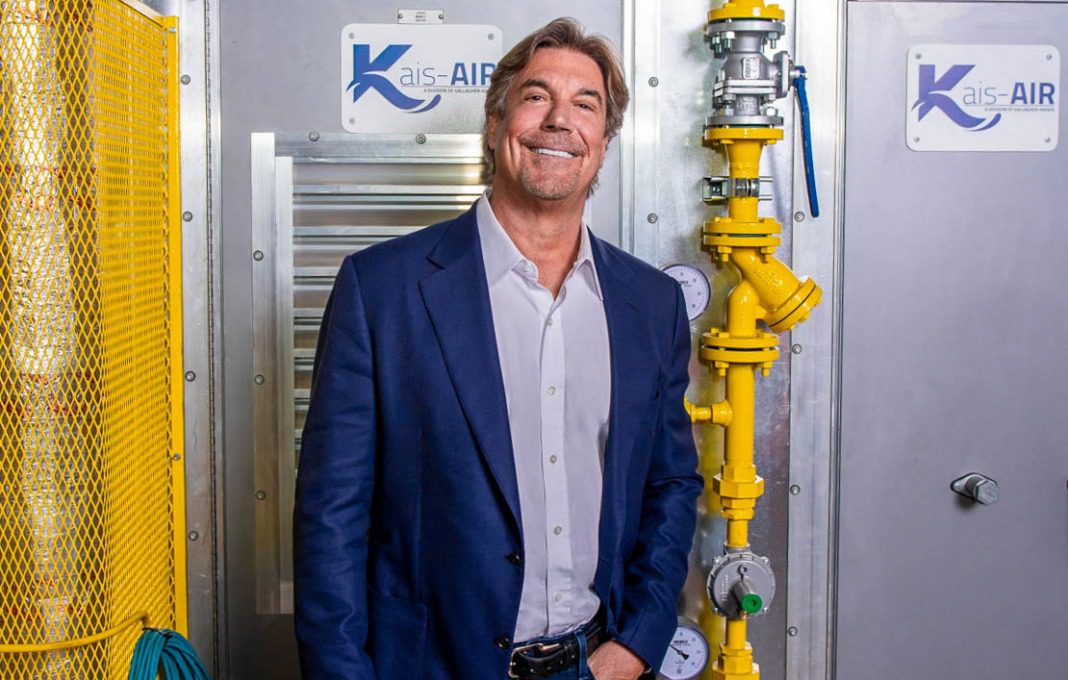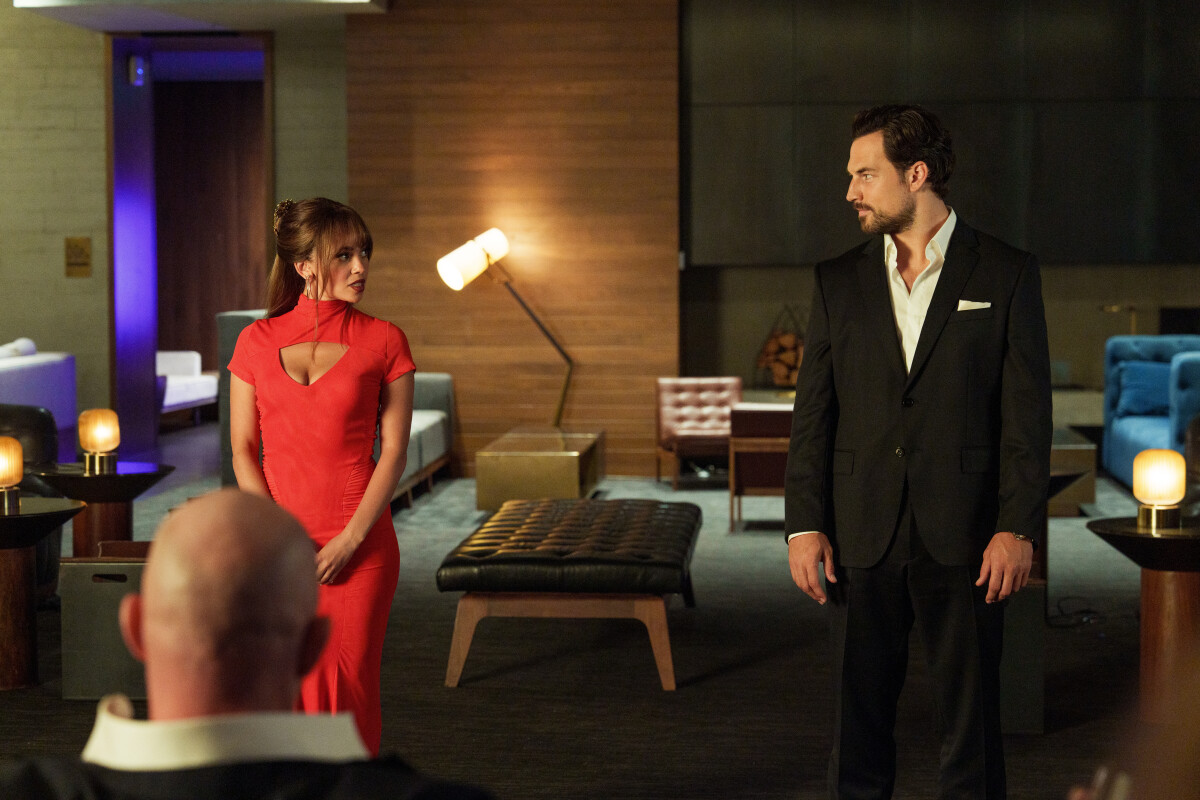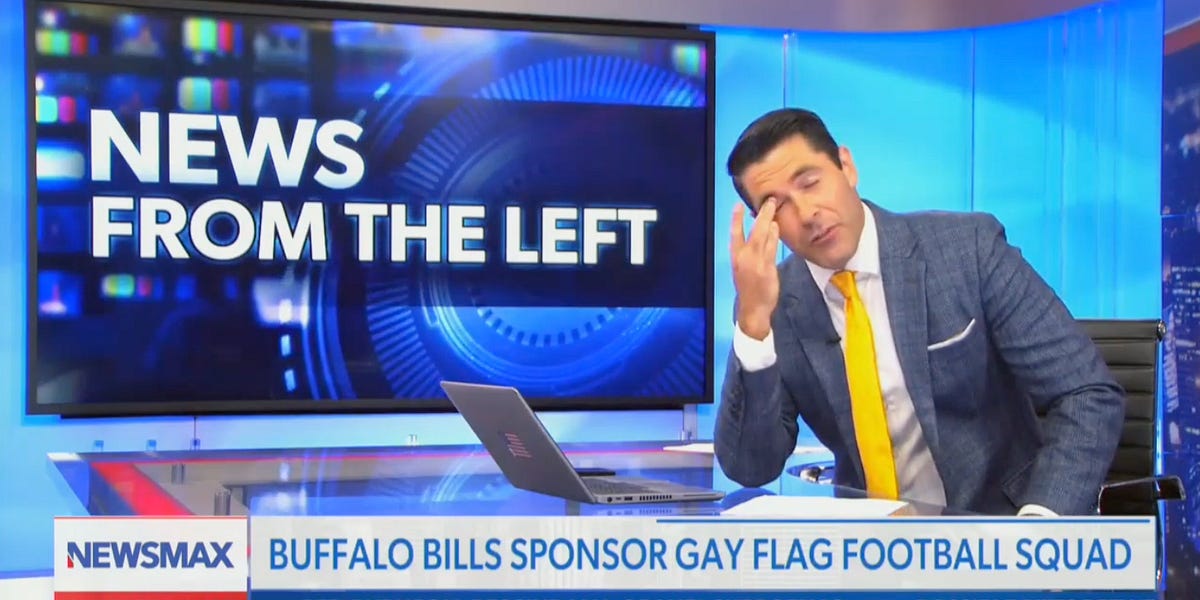Bob Kaiser has made some successful strategic strokes and executed many best practices in building his diversified industrial conglomerate, Kaiser Enterprise, into a $1.5-billion juggernaut that is leveraging its long experience managing air in automotive paint booths by reaching into other environments including EV-battery factories and data centers.
But there might be no more important part of his leadership and management philosophy than trying to make sure that each of the 1,500 Kaiser Enterprise employees and about 6,000 contract workers at his 15 facilities goes home whole after each shift. The emphasis on cleanliness and safety is palpable at factories such as the Gallagher-Kaiser plant in Detroit.
“It’s the right thing to do,” Kaiser tells Chief Executive. “And in the end, being safe saves money. In the field of manufacturing, you’re dealing with so many different things that could happen.”
In an era when manufacturing chiefs generally are dealing with more inexperienced employees than ever before, and challenges posed by factors such as new automation systems, safety has become top of mind. Kaiser has a few lessons for them.
Kaiser has built his family-owned company on the dominance of the pollution-control company founded by his grandfather in supplying the complex paint-shop environments in automaker assembly plants, which depend on keeping air flows pristine and managing emissions down to practical non-existence. Gallagher-Kaiser began paring away competition in that sector by putting together a strategic partnership with General Motors in 2013, and since then “we’ve done every paint shop in North America for GM in one way or another,” says Kaiser, whose company is based in Troy, Michigan.
Gallagher-Kaiser also serves other automakers with paint shops, including the one that Volkswagen is putting in its $2-billion plant in South Carolina to build Scout brand SUVs. Lately, Kaiser has vertically integrated air-handling and HVAC expertise by acquiring a number of specialized companies in those spaces, which in turn has allowed Kaiser Enterprise to win projects such as outfitting EV-battery plants with hundreds of separate dehumidification units, providing air-handling systems for data-crunching financial institutions and tapping into the nascent boom in data-center construction.
But some of his companies’ manufacturing environments can challenge a safety ethos and practices, such as paint-center construction, where workers operate high in the air. Throughout his decade of running the company after taking over from his brother, Joseph Kaiser, Bob Kaiser has emphasized workplace safety practically more than anything else. His white-glove approach is evident to a casual factory visitor as well as to partners who work with Kaiser Enterprise companies every day.
Tracy Roberts, Kaiser’s COO, explains, “The thought pattern is that people won’t get hurt if things aren’t sitting around on the floor.” But there’s clean, and then there’s what associates call “Bob Kaiser clean.” One of the mantras among Kaiser Enterprise leadership is the importance of sending every individual “home safe every day.”
“You can feel it,” says one OEM executive. “It’s different. And you have to consciously create that environment and then work at it every day. You set the expectation and people will conform and embrace it over time.”
Here are some ways that Kaiser and his leaders ensure the importance of worker safety:
Aim high. “It all starts at the top,” Kaiser says. “Safety doesn’t solely rest on the individual or the dedicated safety people we have, the professionals. It’s a culture. You need to take a holistic approach. To be successful, you need everyone’s buy-in, from me to [Roberts] to all the field supervisors. It’s everyone’s job.”
Be responsive. Roberts says that “with our thousands of activities every day, if there’s an incident on any of our projects, or even a near miss, [Kaiser] and I are notified within 30 minutes and make sure the job is secured, the customer is secured and those individuals are taken care of.”
Go down some levels. Kaiser Enterprise enforces its high regard for worker safety with its vendors.
“We have to see their safety metrics before they’re allowed to bid our work,” Kaiser says. “A low bid doesn’t do it, and their safety record can take them right out of the game. We can’t be responsible for anyone who doesn’t take safety as seriously as we do.
“You can be the safest company in the world and hire another trade, and they’re not safe because they don’t spend the money on safety. That’s why they don’t have it reflected in their bid. You’re just asking for trouble.”
Share commitment. Many hourly workers at Gallagher-Kaiser are represented by the Sheet Metal, Air, Rail and Transportation Workers union, and Kaiser and his team work closely on safety with union leadership. Unlike some other union arrangements in the automotive world—the United Auto Workers’ expensive strikes against the Detroit Three automakers last fall are the biggest example—Kaiser believes union-management cooperation is key.
“I try to make sure we have a non-adversarial relationship with the union, just as I encourage and insist on not having an adversarial relationship with a customer,” Kaiser says.
























































![Key Metrics for Social Media Marketing [Infographic] Key Metrics for Social Media Marketing [Infographic]](https://www.socialmediatoday.com/imgproxy/nP1lliSbrTbUmhFV6RdAz9qJZFvsstq3IG6orLUMMls/g:ce/rs:fit:770:435/bG9jYWw6Ly8vZGl2ZWltYWdlL3NvY2lhbF9tZWRpYV9yb2lfaW5vZ3JhcGhpYzIucG5n.webp)


















